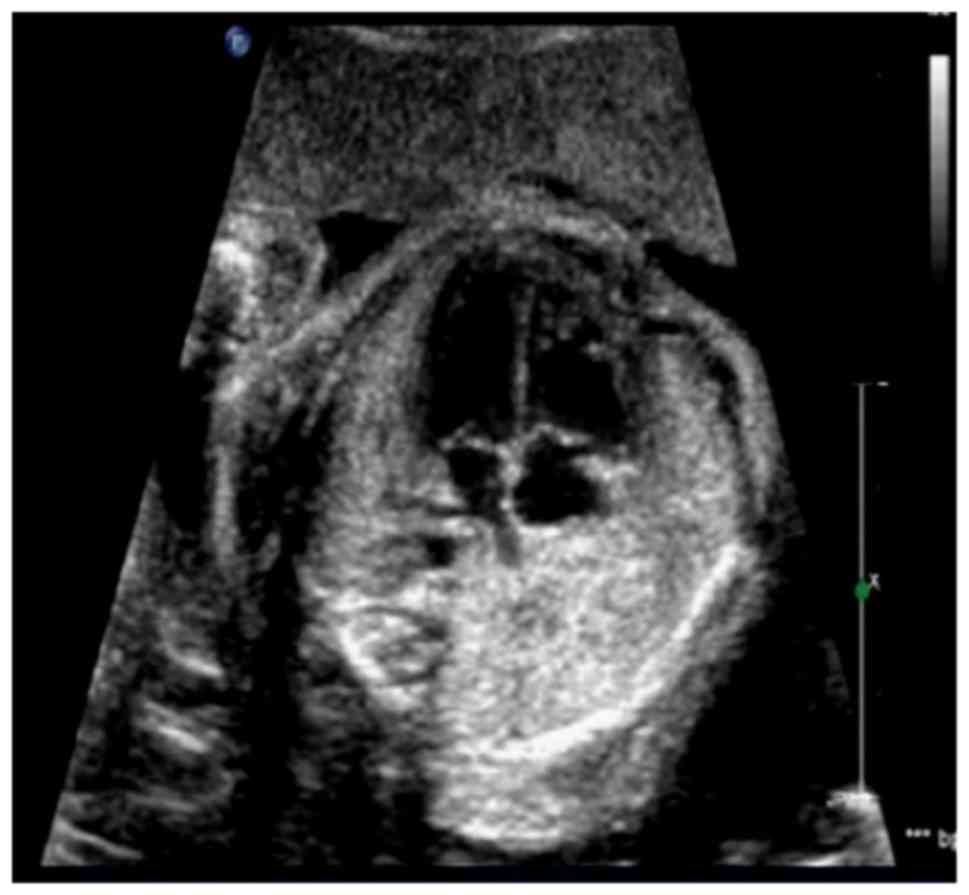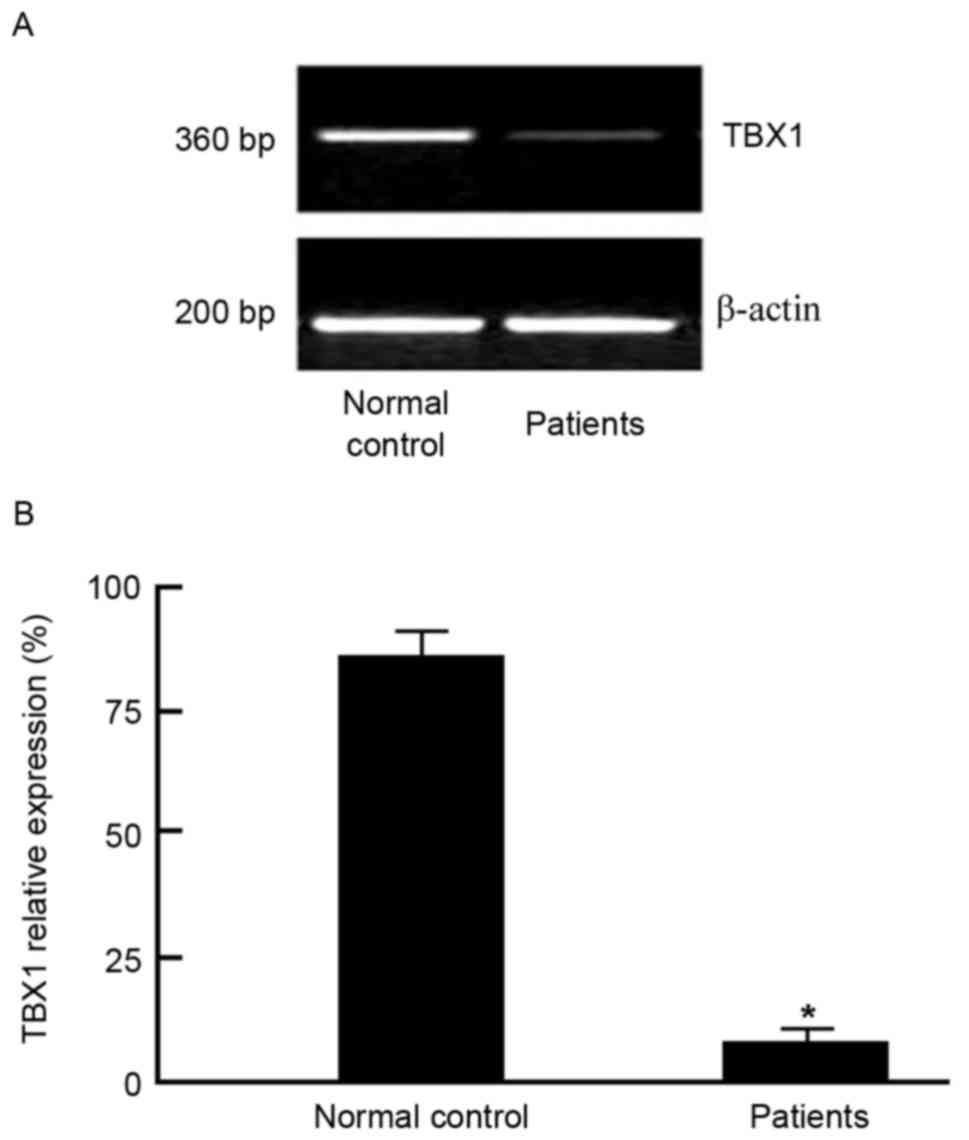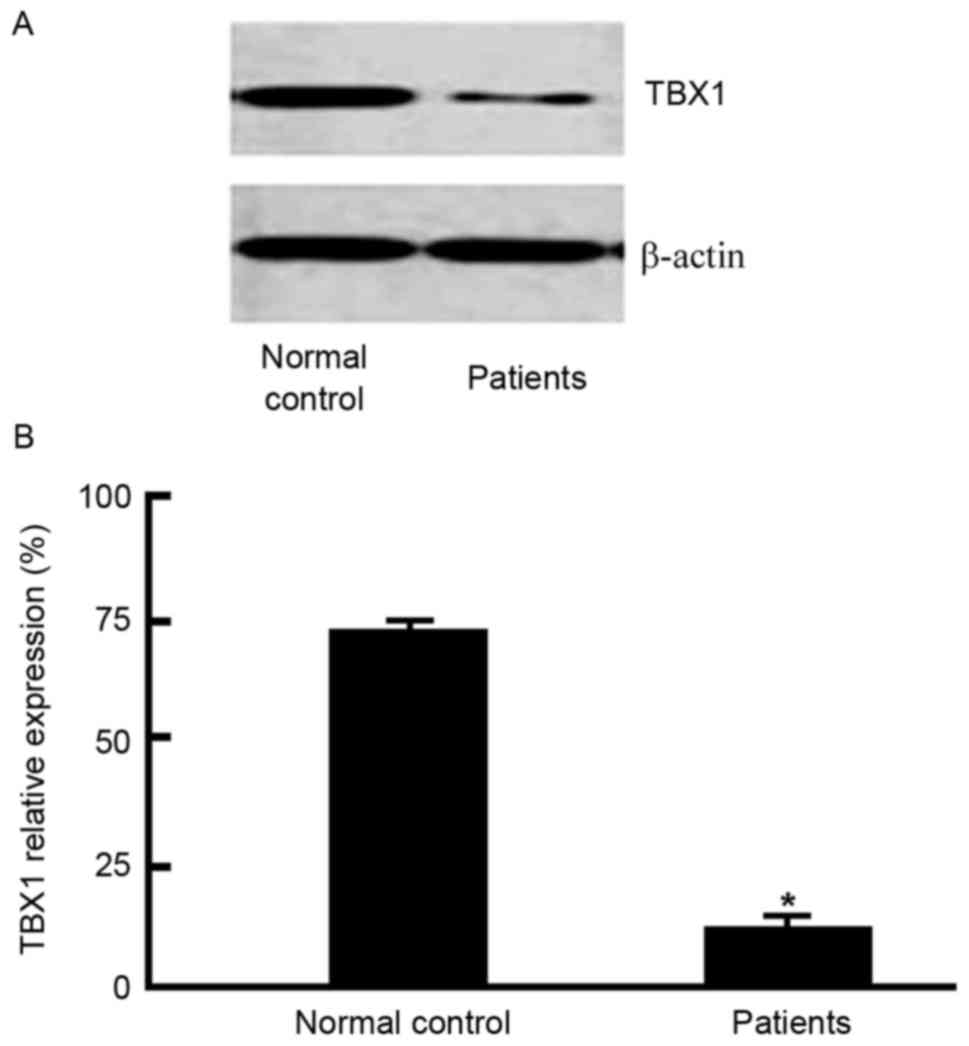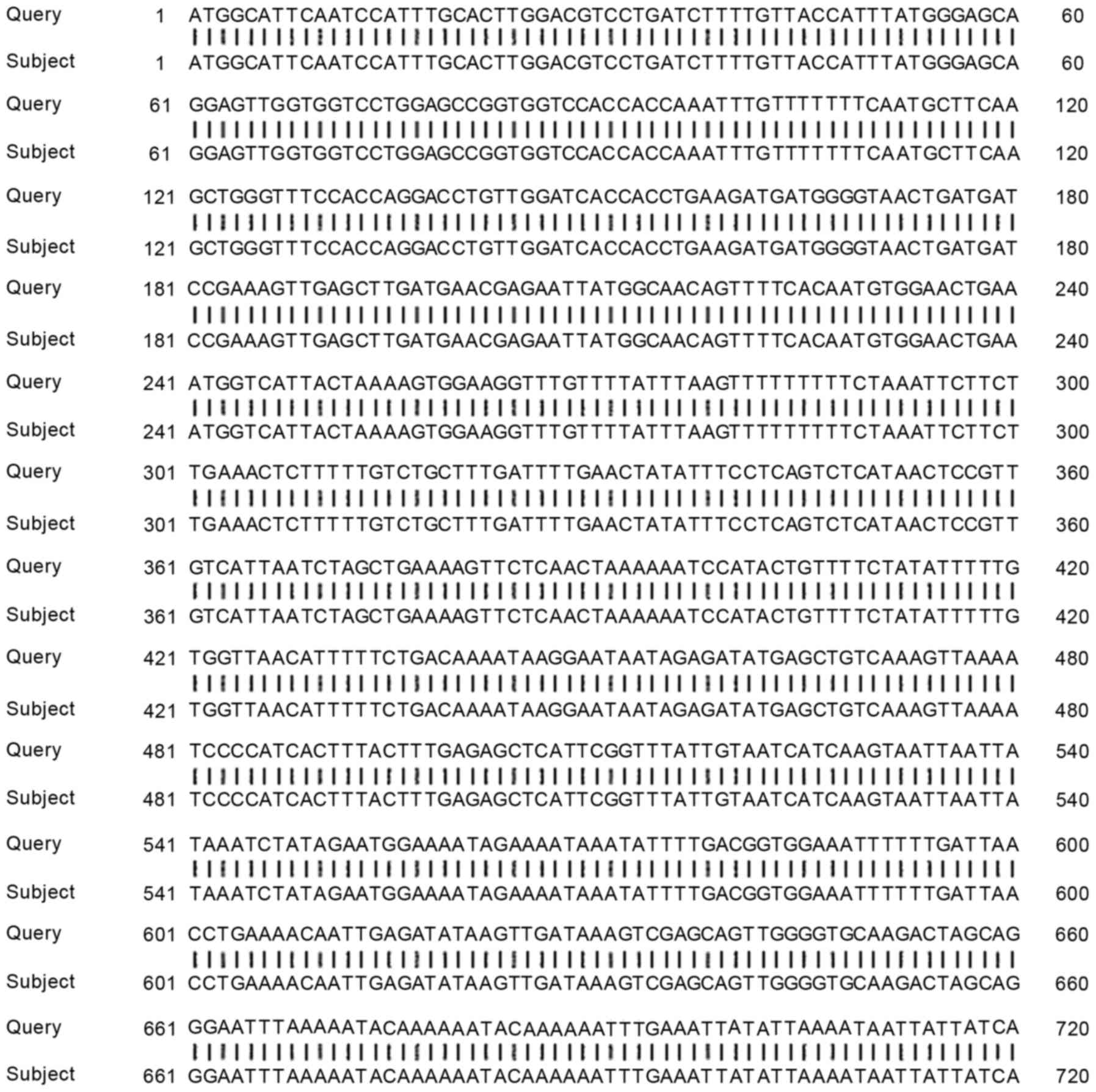|
1
|
Sargos P, Guerif S, Latorzeff I, Hennequin
C, Pommier P, Lagrange JL, Crehange G, Chapet O, de Crevoisier R,
Azria D, et al: Definition of lymph node areas for radiotherapy of
prostate cancer: A critical literature review by the French
Genito-Urinary Group and the French Association of Urology
(GETUG-AFU). Cancer Treat Rev. 41:814–820. 2015. View Article : Google Scholar : PubMed/NCBI
|
|
2
|
Nicholson A, Mahon J, Boland A, Beale S,
Dwan K, Fleeman N, Hockenhull J and Dundar Y: The clinical
effectiveness and cost-effectiveness of the PROGENSA(R) prostate
cancer antigen 3 assay and the prostate health index in the
diagnosis of prostate cancer: A systematic review and economic
evaluation. Health Technol Assess. 19(i–xxxi): 1–191. 2015.
View Article : Google Scholar
|
|
3
|
Woodrum DA, Kawashima A, Gorny KR and
Mynderse LA: Magnetic resonance-guided thermal therapy for
localized and recurrent prostate cancer. Magn Reson Imaging Clin N
Am. 23:607–619. 2015. View Article : Google Scholar : PubMed/NCBI
|
|
4
|
Ahmad AE and Finelli A: Should prebiopsy
multiparametric magnetic resonance imaging be offered to all
Biopsy-naïve men undergoing prostate biopsy? Eur Urol. 69:426–427.
2016. View Article : Google Scholar : PubMed/NCBI
|
|
5
|
Westphalen AC, Noworolski SM, Harisinghani
M, Jhaveri KS, Raman SS, Rosenkrantz AB, Wang ZJ, Zagoria RJ and
Kurhanewicz J: High-resolution 3-T endorectal prostate MRI: A
multireader study of radiologist preference and perceived
interpretive quality of 2D and 3D T2-weighted fast Spin-Echo MR
images. AJR Am J Roentgenol. 206:86–91. 2016. View Article : Google Scholar : PubMed/NCBI
|
|
6
|
Amanullah MM, Hamid M, Hanif HM, Muzaffar
M, Siddiqui MT, Adhi F, Ahmad K, Khan S and Hasan Z: Effect of
steroids on inflammatory markers and clinical parameters in
congenital open heart surgery: A randomised controlled trial.
Cardiol Young. 26:506–515. 2016. View Article : Google Scholar : PubMed/NCBI
|
|
7
|
Liu C, Shen A, Li X, Jiao W, Zhang X and
Li Z: T-box transcription factor TBX20 mutations in Chinese
patients with congenital heart disease. Eur J Med Genet.
51:580–587. 2008. View Article : Google Scholar : PubMed/NCBI
|
|
8
|
Butler TL, Esposito G, Blue GM, Cole AD,
Costa MW, Waddell LB, Walizada G, Sholler GF, Kirk EP, Feneley M,
et al: GATA4 mutations in 357 unrelated patients with congenital
heart malformation. Genet Test Mol Biomarkers. 14:797–802. 2010.
View Article : Google Scholar : PubMed/NCBI
|
|
9
|
Kirk EP, Sunde M, Costa MW, Rankin SA,
Wolstein O, Castro ML, Butler TL, Hyun C, Guo G, Otway R, et al:
Mutations in cardiac T-box factor gene TBX20 are associated with
diverse cardiac pathologies, including defects of septation and
valvulogenesis and cardiomyopathy. Am J Hum Genet. 81:280–291.
2007. View
Article : Google Scholar : PubMed/NCBI
|
|
10
|
Zhang Y, Han Q, Li C, Li W, Fan H, Xing Q
and Yan B: Genetic analysis of the TBX1 gene promoter in indirect
inguinal hernia. Gene. 535:290–293. 2014. View Article : Google Scholar : PubMed/NCBI
|
|
11
|
Töpf A, Griffin HR, Glen E, Soemedi R,
Brown DL, Hall D, Rahman TJ, Eloranta JJ, Jüngst C, Stuart AG, et
al: Functionally significant, rare transcription factor variants in
tetralogy of Fallot. PLoS One. 9:e954532014. View Article : Google Scholar : PubMed/NCBI
|
|
12
|
Monroy-Muñoz IE, Pérez-Hernández N,
Rodríguez-Pérez JM, Muñoz-Medina JE, Angeles-Martínez J,
García-Trejo JJ, Morales-Ríos E, Massó F, Sandoval-Jones JP,
Cervantes-Salazar J, et al: Novel mutations in the transcriptional
activator domain of the human TBX20 in patients with atrial septal
defect. Biomed Res Int. 2015:7187862015. View Article : Google Scholar : PubMed/NCBI
|
|
13
|
Chen J, Sun F, Fu J and Zhang H:
Association of TBX20 gene polymorphism with congenital heart
disease in Han Chinese neonates. Pediatr Cardiol. 36:737–742. 2015.
View Article : Google Scholar : PubMed/NCBI
|
|
14
|
Lin SB, Xie YJ, Chen Z, Zhou Y, Wu JZ,
Zhang ZQ, Shi SS, Chen BJ and Fang Q: Improved assay performance of
single nucleotide polymorphism array over conventional karyotyping
in analyzing products of conception. J Chin Med Assoc. 78:408–413.
2015. View Article : Google Scholar : PubMed/NCBI
|
|
15
|
Henderson DR, de Souza NM, Thomas K,
Riches SF, Morgan VA, Sohaib SA, Dearnaley DP, Parker CC and van As
NJ: Nine-year follow-up for a study of diffusion-weighted magnetic
resonance imaging in a prospective prostate cancer active
surveillance cohort. Eur Urol. 69:1028–1033. 2016. View Article : Google Scholar : PubMed/NCBI
|
|
16
|
You JY, Lee HJ, Hwang SI, Bae YJ, Kim H,
Hong H and Choe G: Value of T1/T2-weighted magnetic resonance
imaging registration to reduce the postbiopsy hemorrhage effect for
prostate cancer localization. Prostate Int. 3:80–86. 2015.
View Article : Google Scholar : PubMed/NCBI
|
|
17
|
Biglino G, Capelli C, Wray J, Schievano S,
Leaver LK, Khambadkone S, Giardini A, Derrick G, Jones A and Taylor
AM: 3D-manufactured patient-specific models of congenital heart
defects for communication in clinical practice: Feasibility and
acceptability. BMJ Open. 5:e0071652015. View Article : Google Scholar : PubMed/NCBI
|
|
18
|
Li X, Sundquist J, Hamano T, Zoller B and
Sundquist K: Neighbourhood deprivation, individual-level and
familial-level socio-demographic factors and risk of congenital
heart disease: A nationwide study from Sweden. Int J Behav Med.
23:112–120. 2016. View Article : Google Scholar : PubMed/NCBI
|
|
19
|
Gaynor JW, Stopp C, Wypij D, Andropoulos
DB, Atallah J, Atz AM, Beca J, Donofrio MT, Duncan K, Ghanayem NS,
et al: Neurodevelopmental outcomes after cardiac surgery in
infancy. Pediatrics. 135:816–825. 2015. View Article : Google Scholar : PubMed/NCBI
|
|
20
|
Kwiatkowski D, Czarny P, Galecki P,
Bachurska A, Talarowska M, Orzechowska A, Bobińska K,
Bielecka-Kowalska A, Pietras T, Szemraj J, et al: Variants of base
excision repair genes MUTYH, PARP1 and XRCC1 in Alzheimer's disease
risk. Neuropsychobiology. 71:176–186. 2015. View Article : Google Scholar : PubMed/NCBI
|
|
21
|
Knopp C, Rudnik-Schöneborn S, Eggermann T,
Bergmann C, Begemann M, Schoner K, Zerres K and Ortiz Brüchle N:
Syndromic ciliopathies: From single gene to multi gene analysis by
SNP arrays and next generation sequencing. Mol Cell Probes.
29:299–307. 2015. View Article : Google Scholar : PubMed/NCBI
|
|
22
|
Warnes CA, Williams RG, Bashore TM, Child
JS, Connolly HM, Dearani JA, Del Nido P, Fasules JW, Graham TP Jr,
Hijazi ZM, et al: ACC/AHA 2008 Guidelines for the management of
adults with congenital heart disease: Executive summary: A report
of the American college of cardiology/american heart association
task force on practice guidelines (writing committee to develop
guidelines for the management of adults with congenital heart
disease). Circulation. 118:2395–2451. 2008. View Article : Google Scholar : PubMed/NCBI
|
|
23
|
Weaver JK, Kim EH, Vetter JM, Fowler KJ,
Siegel CL and Andriole GL: Presence of magnetic resonance imaging
suspicious lesion predicts gleason 7 or greater prostate cancer in
Biopsy-Naive patients. Urology. 88:119–124. 2016. View Article : Google Scholar : PubMed/NCBI
|
|
24
|
Tay KJ, Gupta RT, Brown AF, Silverman RK
and Polascik TJ: Defining the incremental utility of prostate
multiparametric magnetic resonance imaging at standard and
specialized read in predicting extracapsular extension of prostate
cancer. Eur Urol. 70:211–213. 2016. View Article : Google Scholar : PubMed/NCBI
|
|
25
|
Wang YJ, Huang CY, Hou WH, Wang CC, Lan
KH, Chen CH, Yu HJ, Lai MK, Cheng AL, Liu SP, et al: The outcome
and prognostic factors for lymph node recurrence after node-sparing
definitive external beam radiotherapy for localized prostate
cancer. World J Surg Oncol. 13:3122015. View Article : Google Scholar : PubMed/NCBI
|
|
26
|
Engelhard K, Kühn R, Osten A, Bogner K,
Dworak A, Lübke L and Schneider F: Impact of magnetic resonance
imaging-guided prostate biopsy in the supine position on the
detection of significant prostate cancer in an inhomogeneous
patient cohort. Scand J Urol. 50:110–115. 2016. View Article : Google Scholar : PubMed/NCBI
|
|
27
|
Thompson JE, van Leeuwen PJ, Moses D,
Shnier R, Brenner P, Delprado W, Pulbrook M, Böhm M, Haynes AM,
Hayen A and Stricker PD: The diagnostic performance of
multiparametric magnetic resonance imaging to detect significant
prostate cancer. J Urol. 195:1428–1435. 2016. View Article : Google Scholar : PubMed/NCBI
|
|
28
|
Jia JB, Houshyar R, Verma S, Uchio E and
Lall C: Prostate cancer on computed tomography: A direct comparison
with multi-parametric magnetic resonance imaging and tissue
pathology. Eur J Radiol. 85:261–267. 2016. View Article : Google Scholar : PubMed/NCBI
|
|
29
|
Wang S, Fan X, Medved M, Pineda FD, Yousuf
A, Oto A and Karczmar GS: Arterial input functions (AIFs) measured
directly from arteries with low and standard doses of contrast
agent, and AIFs derived from reference tissues. Magn Reson Imaging.
34:197–203. 2016. View Article : Google Scholar : PubMed/NCBI
|













